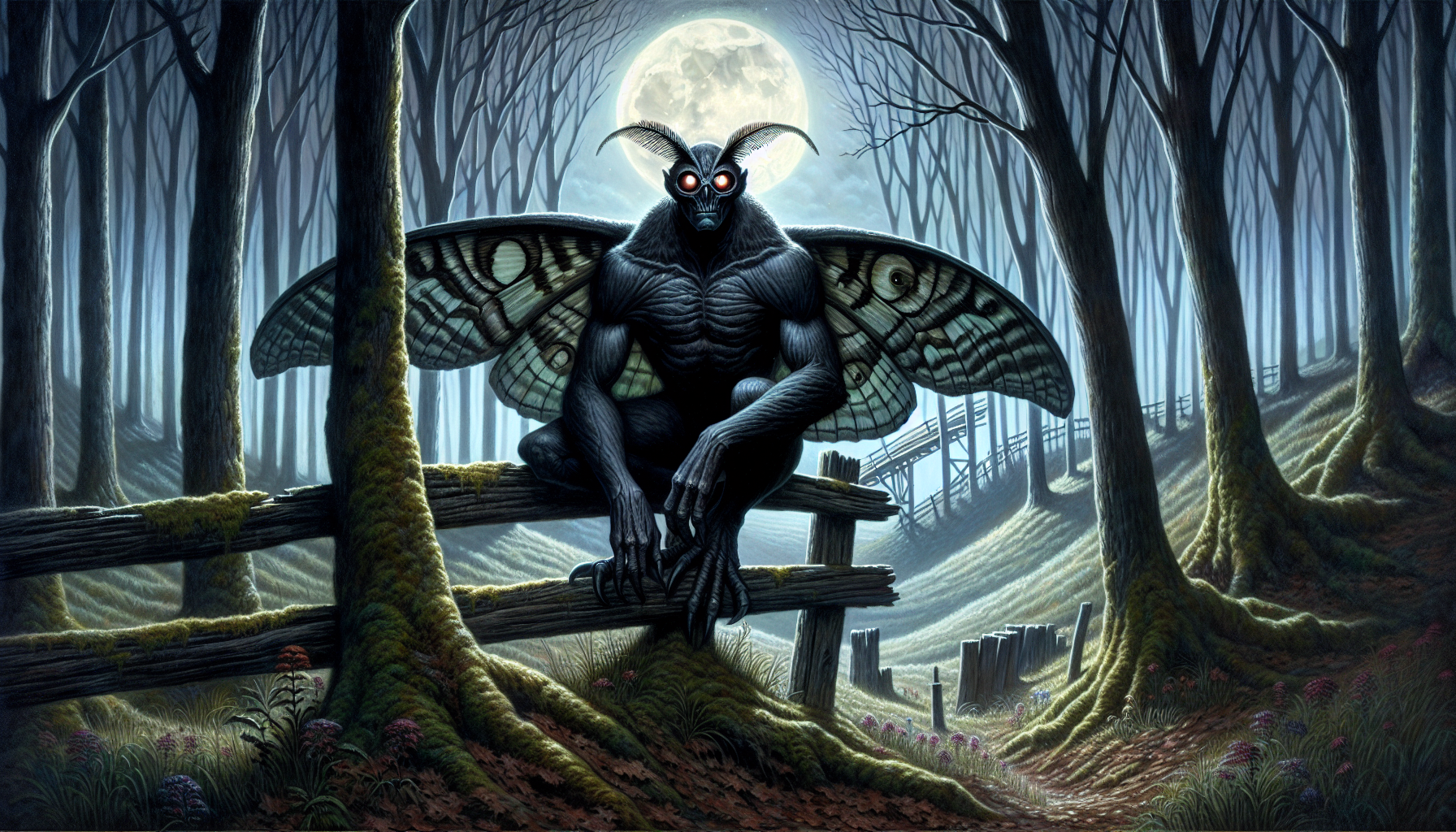Cryptids and Their Cultural Significance: Legends of the Unknown
The realm of cryptids creatures whose existence has not been substantiated by mainstream science offers a fascinating glimpse into the interplay between folklore, culture, and the human psyche. From the elusive Sasquatch to the enigmatic Loch Ness Monster, these beings occupy a unique position in the collective imagination of societies worldwide. 
The cultural significance of cryptids transcends mere curiosity; it reflects humanity's enduring fascination with the unknown and the myriad ways in which we seek to understand our environment.
The Nature of Cryptids: A Brief Overview
Cryptids are often defined as creatures whose existence is supported by anecdotal evidence but lacks scientific validation. The study of these beings, known as cryptozoology, is a controversial field that straddles the line between science and folklore. While mainstream scientists often dismiss cryptids as mere myths or hoaxes, the stories surrounding them serve a critical function in various cultures.
Common Examples of Cryptids:
Bigfoot (Sasquatch): Reported sightings primarily in North America, this creature is often depicted as a large, hairy humanoid.
Chupacabra: Originating from Latin American folklore, this creature is said to attack livestock, particularly goats.
Mokele-Mbembe: A dinosaur-like creature said to inhabit the Congo River Basin, captivating the imaginations of explorers and researchers alike.
Yeti (Abominable Snowman): A legendary ape-like creature believed to inhabit the Himalayan mountains.
These examples illustrate the diversity of cryptids and highlight the cultural contexts from which they emerge.
Cultural Reflections: Cryptids as Symbols
Cryptids often embody cultural fears, values, and aspirations. They serve as metaphors for the unknown, reflecting societal anxieties about nature, technology, and the limits of human understanding.
Fear of the Unknown:
Many cryptids represent humanity's fear of what lies beyond the familiar. For instance, the Chupacabra symbolizes the anxieties surrounding agricultural vulnerability and the unknown threats posed by nature.
Cultural Identity:
Cryptids can also serve as symbols of cultural identity. The Mokele-Mbembe, for example, is not just a creature of legend but a part of the cultural heritage of the Congolese people, embodying their connection to the natural world.
Environmental Concerns:
The resurgence of interest in cryptids often coincides with environmental crises. As habitats are threatened, creatures like Bigfoot become symbols of the wilderness that is disappearing, prompting discussions about conservation and the impact of human activity on nature.
The Role of Storytelling in Cryptid Lore
Storytelling is a fundamental aspect of human culture, and the narratives surrounding cryptids are no exception. These stories serve to transmit cultural values, educate the young, and foster community bonds.
Oral Traditions:
Many cryptid legends are passed down through oral traditions, evolving with each retelling. This fluidity allows for the incorporation of contemporary issues, ensuring that the tales remain relevant.
Community Building:
Cryptid enthusiasts often form communities, sharing sightings and experiences. These gatherings foster a sense of belonging and collective identity, as individuals come together to explore their shared fascination with the unknown.
Cautionary Tales:
Many cryptid stories serve as cautionary tales, warning against certain behaviors or practices. For example, tales of the Yeti may discourage reckless exploration in dangerous terrains, promoting respect for nature's power.
The Modern Cryptid Phenomenon: Media and Popular Culture
In contemporary society, cryptids have found a prominent place in media and popular culture, further shaping their significance and appeal.
Television and Film:
Documentaries and fictional portrayals of cryptids have proliferated, captivating audiences and sparking interest in cryptozoology. Shows like "Finding Bigfoot" and films like "The Legend of Boggy Creek" have contributed to the mainstreaming of cryptid lore.
Social Media and Online Communities:
The rise of social media has facilitated the sharing of cryptid sightings and stories, creating a global network of enthusiasts. Platforms like Reddit and Facebook host groups dedicated to discussing and investigating cryptids, allowing for a democratization of knowledge and experience.
Merchandising and Branding:
The commercial aspect of cryptid culture cannot be overlooked. From Bigfoot-themed merchandise to Chupacabra-inspired art, the commercialization of these legends has created a niche market, contributing to their cultural significance.
Conclusion
The fascination with cryptids transcends mere curiosity; it is a reflection of humanity's quest for understanding in an increasingly complex world. As symbols of the unknown, cryptids challenge our perceptions, provoke discussions about our relationship with nature, and foster community bonds. Whether viewed as myth or reality, these legendary creatures continue to captivate the human imagination, ensuring their place in cultural narratives for generations to come.
As we delve deeper into the mysteries of our world, the stories of cryptids remind us of the limits of our knowledge and the beauty of the unknown. The legends of the unknown are not just tales of creatures lurking in the shadows; they are a testament to the rich tapestry of human culture and the enduring quest for understanding in an ever-evolving world.
References:
- Cryptozoology: The Science of Hidden Animals
- The Cultural Significance of Cryptids
- Legends and Lore: The Role of Myth in Society
- Bigfoot: Myth or Reality?
- Chupacabra: The Goat-Sucking Legend
- Mokele-Mbembe: The Dinosaur of the Congo
- The Yeti: Himalayan Mysteries
- The Impact of Cryptids on Conservation
- The Role of Storytelling in Culture
- Modern Cryptids in Media and Pop Culture



























































